She sits pretty on the railing of a bridge, smiling at the camera. A clear blue sky above her and a river far below. She is holding the end of her red saree about her head, as if bracing against the wind. If a picture says a thousand words, the 20-year-old’s photograph tells the sweet story of a newly wed woman. What it doesn’t say is, it is also her last photograph.
On August 16, when Rupali Patel toppled over the Mandleshwar bridge in Madhya Pradesh into a Narmada in spate, she and her husband were busy posing for selfies. A moment of distraction ended it all for her. That very day, some 300 km away at Mandsaur, a mother-daughter duo met with a watery end. They, too, were clicking selfies. They were the latest in a country that stands out as the world capital for selfie deaths.
It’s not just death by selfies. In the sweet spot of the world’s digital revolution, something strange is happening in India: a mysterious relationship between new technology and human behaviour. In August, dangerous stunts for video-sharing app TikTok killed two daredevils in Bihar and West Bengal. Weeks before, a Maharashtra teen stabbed his brother for not letting him play an online game. A 60-year-old in Rajasthan went to bed with a mobile phone in his pocket and never woke up: the phone exploded. In Delhi, a man mowed down his three-year-old nephew: he was driving and talking on his phone. In Jharkhand, a WhatsApp message spread false rumours and turned a village into a lynch mob, killing an innocent man. In Uttar Pradesh, video clippings of gang rapes shot on mobile phones are being sold for Rs 100.

As screens, clicks, taps and emojis mediate experiences and interactions more and more, the lines between real lives and virtual realities are getting blurred. An unnerving new word is doing the rounds for unnatural attachment to digital devices: internet addiction. Yet, the phenomenon remains virtually undocumented in national surveys. In contrast, China, South Korea and Japan recognise internet addiction as a serious public health problem. In May 2019, online gaming addiction, or the unhealthy need to access online games, has been given the status of a unique disorder, similar to gambling addiction, by the World Health Organization. “Digital disorders are hugely under-recognised in India,” says Dr Rajesh Sagar, head of psychiatry at the All India Institute of Medical Sciences (AIIMS), Delhi. “But it is fast emerging as India’s newest lifestyle disease.”
inFeed decided to chronicle and analyse the health-seeking behaviour of a society in the throes of major socio-economic changes. Market researcher Karvy sent out field workers across nine cities—Delhi, Lucknow, Mumbai, Indore, Calcutta, Patna, Chennai, Bangalore and Vijayawada—asking 1,648 men and women, between age 18 and 55 years, about their attitude to health and sickness. Over 70 per cent respondents were executives or business owners, all graduate and above.
The survey reveals that many of the respondents are aware of their unusual attachment to digital devices: 47 per cent believe they spend too much time on their mobile phones. Over 62 per cent admit they remain attached to their devices even when they eat. What’s more, one in five across all age groups say they feel tired from excessive social media use. Hunched over their computers, smartphones or tablets for 7-10 hours every day, back pain is their biggest bane, forcing one in nine to pop painkillers regularly. Depression, anxiety, anger and guilt wear out 28 per cent respondents. Uneasy secrets lie behind closed bedroom doors: 64 per cent men and women say that they don’t have the time to think about sex, don’t have sex often, are bored or tired of sex. When questioned about the addictive potential of technology, 45 per cent readily confess they want to bring down the time they spend on their mobile phones.
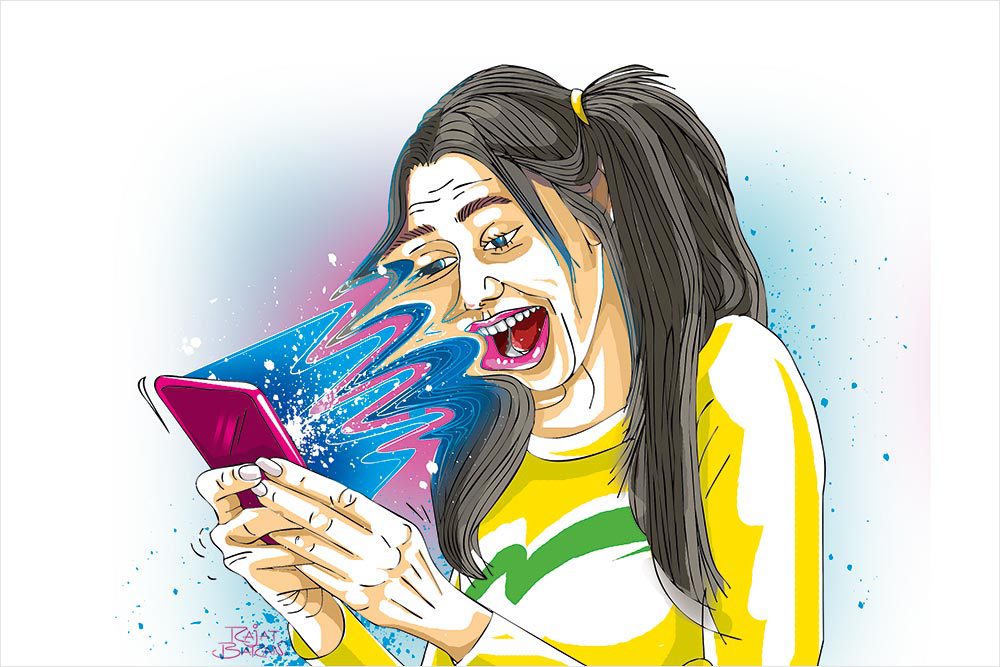
Powered by increased availability of bandwidth, cheap data plans and rising awareness driven by government programmes, India is witnessing the rise of a “new digital audience”, according to a 2018 report by analytics company ComScore. They jam each other’s phones every day with cheery “Good Morning” messages, unlike any other nation. They connect largely through mobile phones, each spending over 3,000 minutes online a year. India’s massive 1.19 billion mobile users, 560 million internet subscribers and 310 million social media users record the world’s highest data usage at 1GB a day.
The average young Indian checks mobile phones 150 times a day, streams music for 1 hour 29 minutes and watches videos for 52 minutes, loads up their phones with 200 apps, whether to use or just for a lark, spends 23 hours a week texting. One in every three texts and talks even when they are driving. One in two cannot survive beyond five hours without internet. And like 95 per cent mobile-toting Indians, their device is their lifeline. In the first study of its kind, experts from AIIMS, Bhopal and IIT-Kanpur have shown that 50 per cent selfie deaths in the world occur in India. “No-selfie zones should be declared across tourist areas, especially places such as water bodies, mountain peaks and over tall buildings,” they have pointed out.
India may embrace technology with open arms, but doctors are worried about the range of behavioural aberrations they come across: from anxiety and irritability to sleeplessness, neglecting important activities, avoiding face-to-face interactions with family and friends, and drifting away from intimate relationships. “Most sufferers don’t realise they have a problem and most don’t seek treatment,” says Dr Manoj Kumar Sharma, associate professor of clinical psychology, who set up India’s first digital detox centre at NIMHANS—the SHUT clinic or Service for Healthy Use of Technology. The disorders are often not severe enough to cause functional impairment, although in severe form they can be devastating, leading to loss of judgement, insight and control.
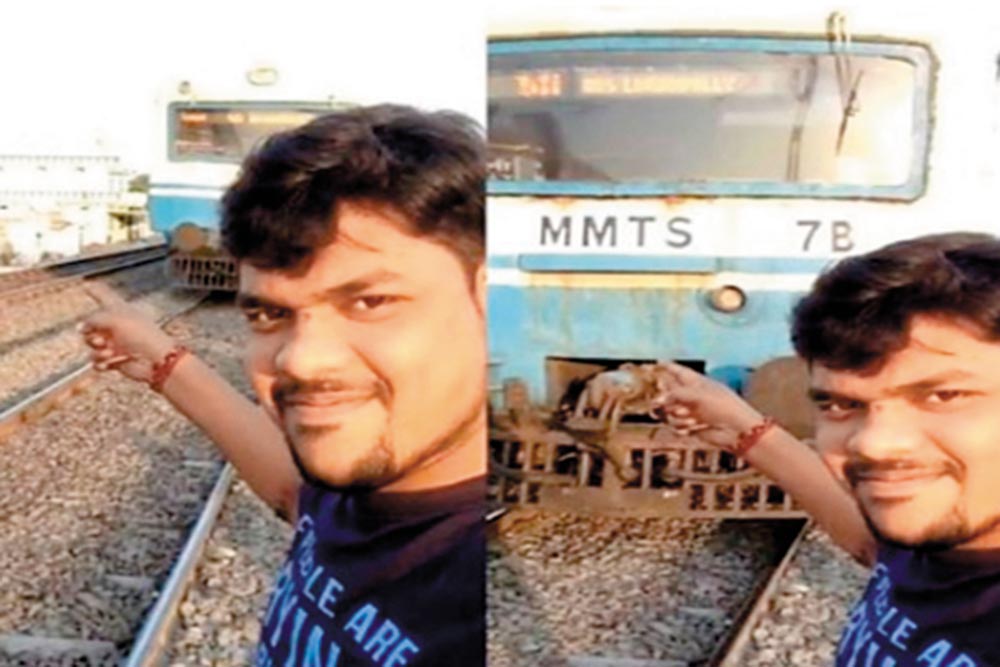
In January 2018, the gym trainer’s 21-minute video filmed himself against an approaching train went viral. Following warnings from people nearby and tooting from the train, Siva said, “One minute,” and continued filming. The train struck him and he survived with head injuries. Siva was later fined Rs 500 by a court.
Reports do the rounds: sometimes, of a Mumbai college student making 150 calls a day to a girl from 64 different phone numbers; sometimes, of a Delhi husband filing a divorce suit for his wife’s relentless late-night chats on WhatsApp; sometimes, of a Bangalore youth for his obsessive need to watch Netflix videos for seven to 10 hours a day. Queues outside doctors’ chambers are getting longer with distraught parents. They complain of falling academic grades of their children, sudden behaviour changes, and avoiding friends, family outings, food or sleep. Doctors from AIIMS and Maulana Azad Medical College in Delhi report pathological mobile use among 56 per cent young professionals, college and school students.
There are new names for new disorders (see). Foremost among them is nomophobia, or the fear of having no mobile phone, when you feel your cell phone is ringing when it is not. Linked to it are textaphrenia—you think a message has arrived, when it actually hasn’t—and textiety, or panic attacks over not receiving or sending text messages. And they are much more common than we believe them to be. When Dr Sanjay Dixit, professor and head of community medicine at the MGM Medical College in Indore, conducted the first ever study on cellphone addiction in India in 2009, he found nine out of 10 of the 150 medical students he studied had some of these disorders: 56 per cent felt compelled to keep mobile phones close to their body, 93 per cent got panic attacks if they did not get messages and 19 per cent had painful thumbs due to excessive texting.
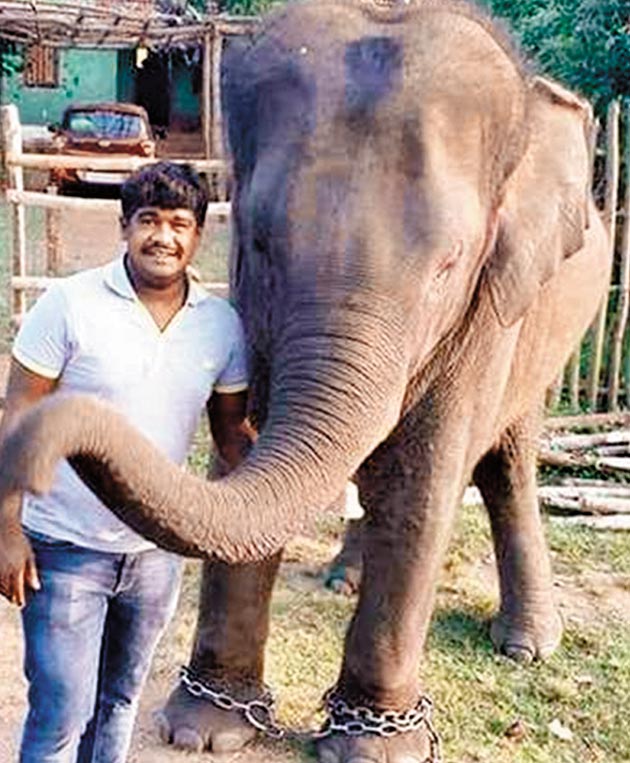
In July 2017, 28-year-old Abhilash V. of Bangalore went with his friends to the Bannerghatta Biological Park. They parked their bikes, drank alcohol and explored around. Abhilash spotted the elephant Sundar and started taking selfies. Suddenly, Sundar pulled him over and trampled him. His friends panicked and fled..
FoMO, or Fear of Missing Out, was added to the Oxford English Dictionary in 2014. It has been described as ‘‘the uneasy and sometimes all-consuming feeling that you’re missing out—that your peers are doing…something better than you,’’ by Andrew Przybylski, social psychologist and director of research at the Oxford Internet Institute, University of Oxford, who has conducted one of the earliest studies on FoMO. The disorder starts with sadness and envy. Social media makes it worse, as one scrolls down the screen and stares at the “picture perfect” lives of others. And that leads one to check social media again and again. The unreasoning, yet relentless, fear of missing out on the joys of life induces a lot of stress.
Przybylski documents how FoMO is linked to general discontent, insecurity, stress, fatigue and troubled sleep. Others report how FoMO often forces its victims towards “conspicuous sociality”, attempting to convey an uproariously joyous life. People even purchase fake friends and followers on social network for this. The envy-related anxieties spectrum also includes FoBO (the Fear of Better Options), FoDA (Fear of Doing Anything), MoMO (Mystery of Missing Out) and FoDO (Fear of Disappointing Others). Interestingly, at a time when online rumours and falsehoods spark public anger and even lynchings, new research links FoMO to the rise of fake news online. Shalini Talwar, associate professor of finance at the Somaiya Institute of Management Studies, Mumbai, and others have probed why people forward such messages without authenticating them. Published in the Journal of Retail and Consumer Services this July, the researchers have linked the “sense of recklessness” from fear of missing out to be a trigger that causes people to share fake news.
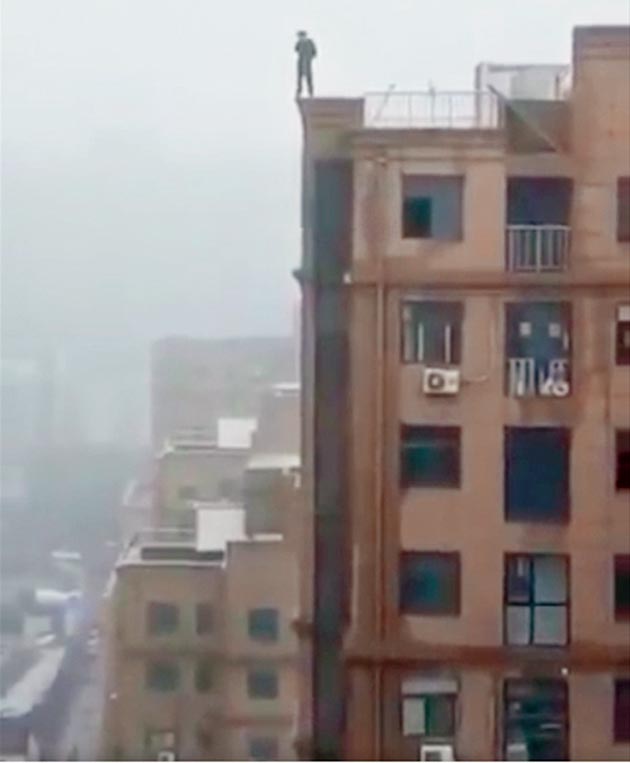
In May 2019, a boy fell off a Mumbai high-rise while trying to photograph himself, presumably to share on social media. “Attempt for the most daring selfie? Or just another irresponsible adventure?” tweeted Mumbai police, which posted the video.
“Addiction to screen time, whether gaming apps or social media, is on the rise in the age band of 15-24 years,” says psychiatrist Dr Aniruddha Deb of Calcutta, who routinely comes across anxious young victims of cyberchondria, seeking treatment for inexplicable or frivolous symptoms after browsing the internet obsessively for medical information. “They think they have all possible disorders and they want therapy.”
The darkest side of tech addiction has emerged in the past few years, aimed at teenagers. Packed with bullying, sexual deviance and violence, online games offer a convoluted sense of reality. In 2017, when teen suicides broke out in Maharashtra, West Bengal, Madhya Pradesh, Telangana and Kerala, the ‘Blue Whale challenge’, an online “suicide game”, created hysteria among schools and parents. But it’s not the only one lurking in the dark depths of the internet. The list of digital disorders is growing longer every day. There is technoference, when digital behaviour hampers our relationships, leisure hours, conversations and even intimacy in sex lives. There is the Google effect, when we forget to remember most things, because everything is just a few clicks away. There is the more elusive Truman Show delusion, a feeling of being persecuted along with a sense of being very special, which can happen to the hyper-connected, who lead a lifestyle based on reality TV and social media. There are tech injuries, like text claw, not an official medical diagnosis, but the pain along one’s wrist and hands that many tech-savvy individuals suffer, along with Selfie Elbows and Texting Thumbs.
“The past 20 years have seen the rise of a new field, cognitive neuroscience, to address the neural underpinnings of the human mind,” explains neurobiologist Sumantra Chattarji, director, the Centre for Brain Development and Repair at the National Centre for Biological Sciences, Bangalore. It shows that the human brain is capable of reorganising and re-engineering itself, both physically and functionally, throughout life. And this happens in response to environment, behaviour, thinking and emotions, he explains, a concept called neuroplasticity.
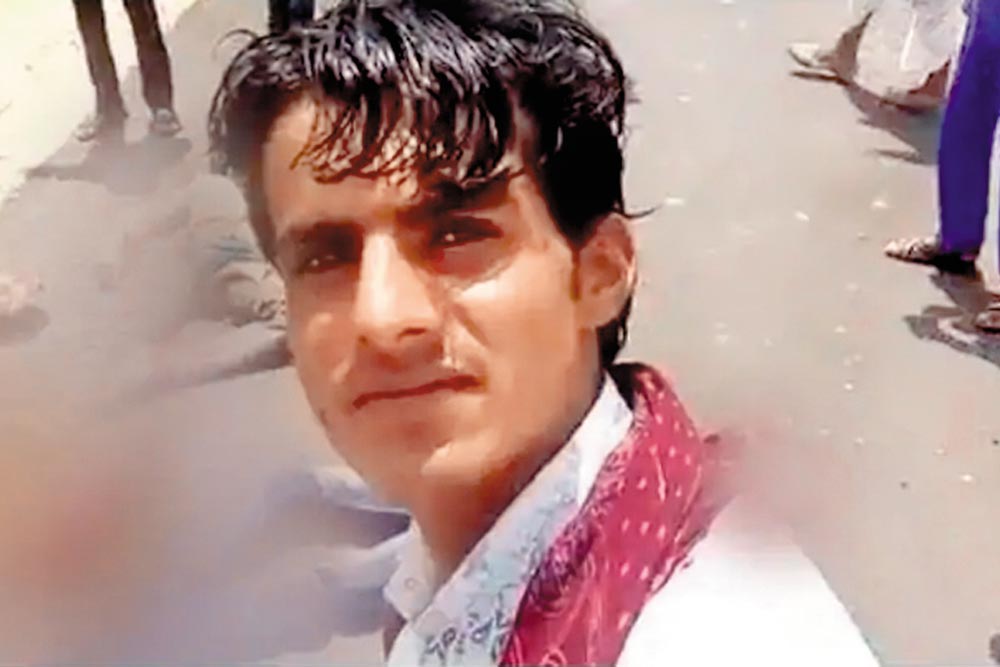
In July 2018, three people died in a road accident in Barmer, Rajasthan, while onlookers clicked pictures and selfies instead of helping them.
Advances in brain scan technologies reveal that internet addiction and gambling have a remarkably similar effect on the brain. Both trigger reward chemicals, dopamine, and hijack areas involved in motivation (cingulate gyrus) and judgement (prefrontal cortex). Hence, people become fixated on digital devices, cease to care about the things that once mattered to them once, take extraordinary risks, explains Chattarji. But functional MRI (fMRI) experiments show that relationships are key to the brain’s feelings of happiness, while social exclusion activates the same brain circuits as physical pain. The upward spiral of addiction eventually puts the brain into a downward spiral of depression, anxiety, insomnia and high-risk behaviour in the technology-addicted.
Mobile phones and social networking sites also put people in stressful environments. The stress comes from the unprecedented volume of personal information that increase occasions for social comparisons, say scientists: people compare their own achievements with those of others, and end up feeling frustrated and dissatisfied with their own lives. The more one focuses on negativity, the more the brain creates neural connections supporting that thought process, slowing down the brain’s ability to function. Neuroplasticity has enabled people to recover from stroke, improve symptoms of autism and other brain deficits, pull out of depression, anxiety and addictions, says Chattarji. “But it’s because of neuroplasticity that bad habits can get ingrained in the brain.”
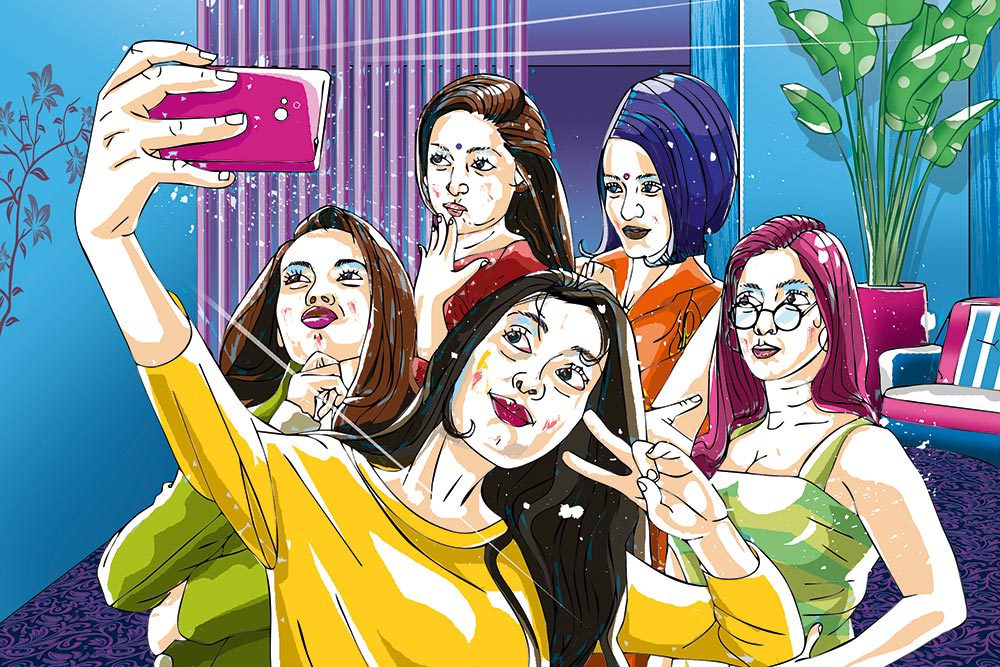
Is it possible to switch off your mobile phone? No. Is it feasible to switch off the internet? No. Is it probable never to take selfies? No. Is it practical to sign off from social networks? No. But it is possible to turn off phones at meetings, while driving, or having dinner with family. It is certainly feasible to exercise more caution when taking selfies. It is worth a try to keep your mobile phone out of the bedroom. Taking a step further, one can remove social media apps from phones and only access them from laptops.
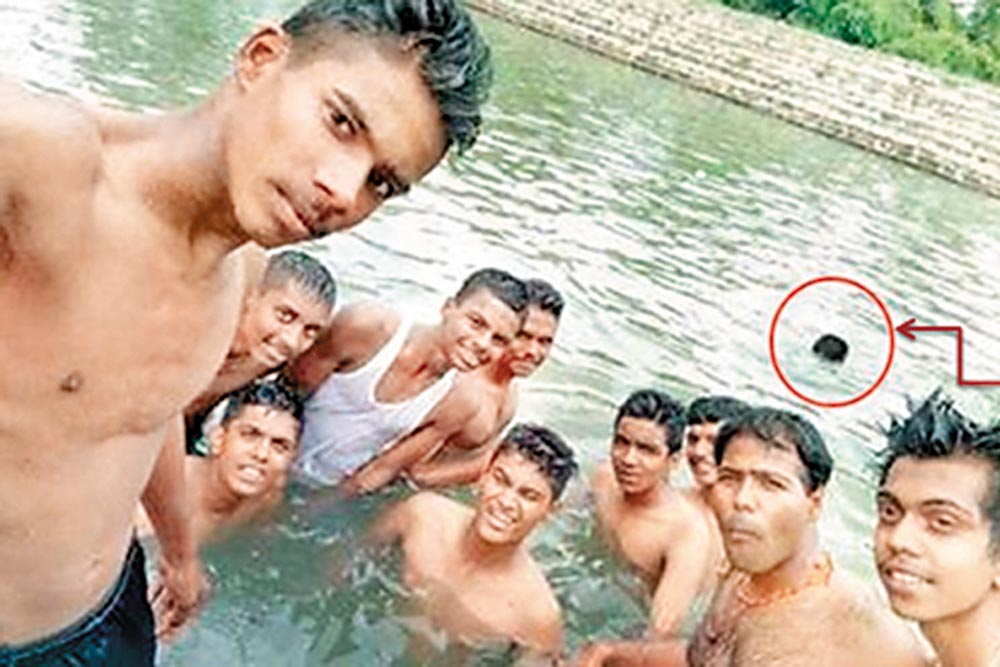
The 17-year-old drowned in a large pond near Bangalore where he and a group of friends had gone swimming. They had taken selfies together before leaving for a temple, but nobody realised Vishwas was missing for an hour or so. Later, they found a photo showing just the top of his head in the water in the backround.
The only way out of digital distress is being aware of dependence, because that is where everything begins to change. As neuroscience shows, you can rewire your amazingly adaptive brain: it will allow the negative impacts of smartphones, just as much as it will support your efforts to spend time on healthier activities—meditation, face-to-face socialisation, meaningful relationships, physical exercise and learning new things. Just remember to sleep more, to keep that upward spiral of your brain ticking.

